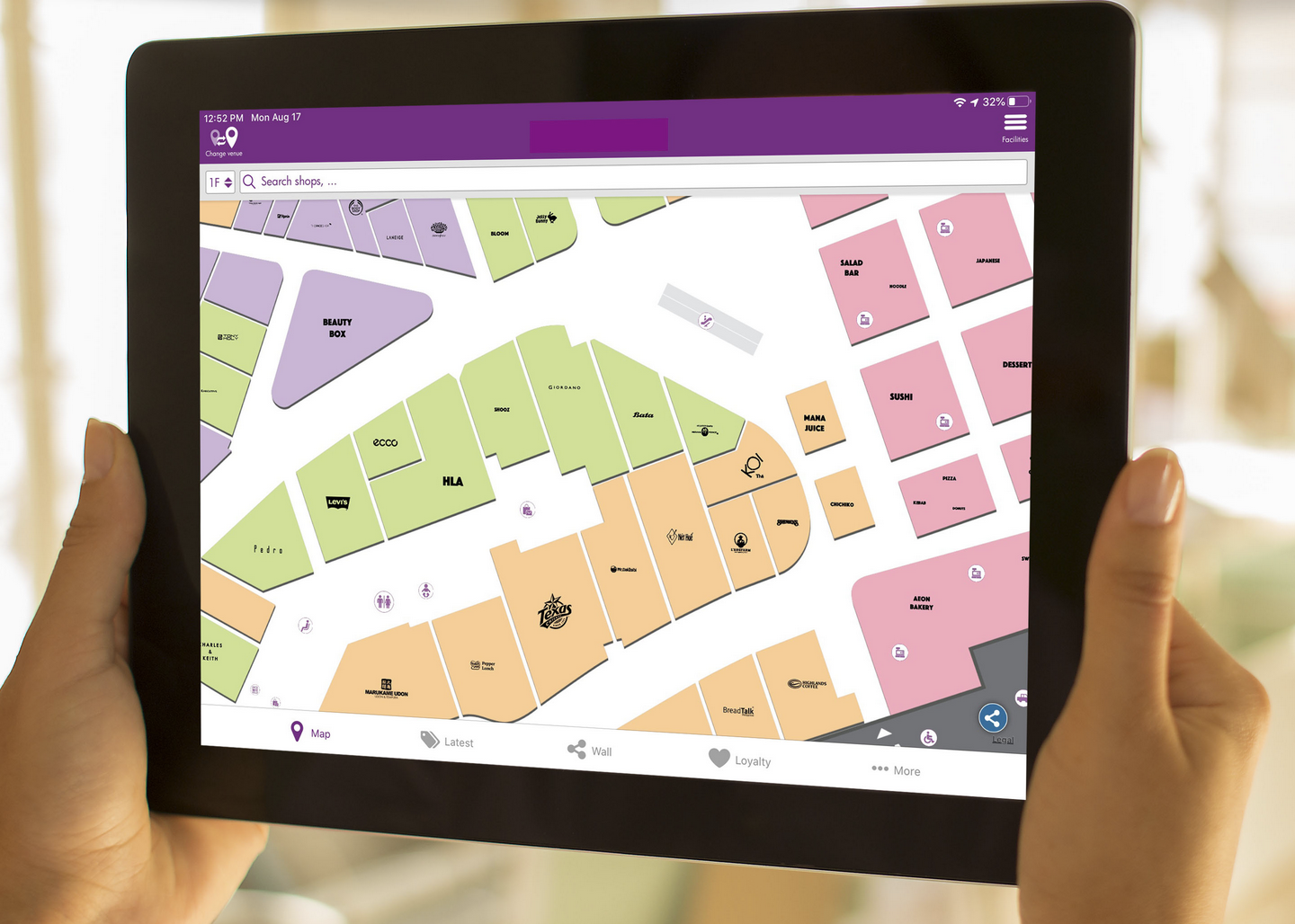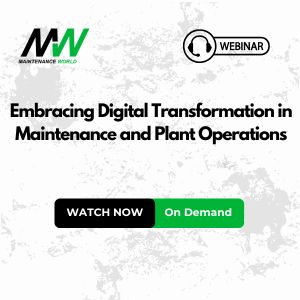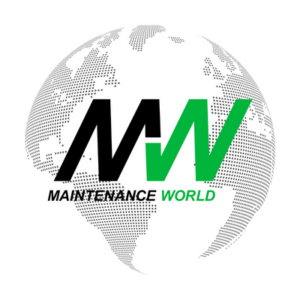Infrastructure Maintenance in Production Plants
Paweł Bęś, Logistics and Maintenance Marketing Expert, QRmaint
Posted 3/11/2025
Many production facilities face a so-called infrastructure maintenance gap, where they don’t focus solely on building infrastructure capabilities while still investing in machinery and equipment. Research conducted by the Government Office for Science in the UK shows that over 90% of manufacturing respondents stated that energy (infrastructure) costs are essential to investment. So, we can clearly see that growing energy costs are the first gap manufacturing companies face while investing in new machinery. Everyone is solely focused on increasing production, but to do it properly, it is essential to consider all other factors that align with properly exploiting the machinery. So, next to it is also essential the maintenance of these installations.
As a result, companies today are also heavily investing in rebuilding the infrastructure of production halls. Here is the case of energy capacity, including solar panels on the roofs of warehouses. However, many more production plant components need to serve problems as a whole infrastructure, allowing machinery to keep running. There are many more components, such as air pressure installations, systems for providing technical water, and even fire protection systems. All these components require maintenance and often form a vast part of the job of the maintenance workers responsible for the entire facility.
In this article, we share what elements, systems, and installations require maintenance in the whole manufacturing facility infrastructure. We also share how a CMMS system helps keep critical infrastructure in good condition to prevent downtime. Thus, you can learn that your CMMS system can serve not only as maintenance management software for the production line but also as an effective facility management system.
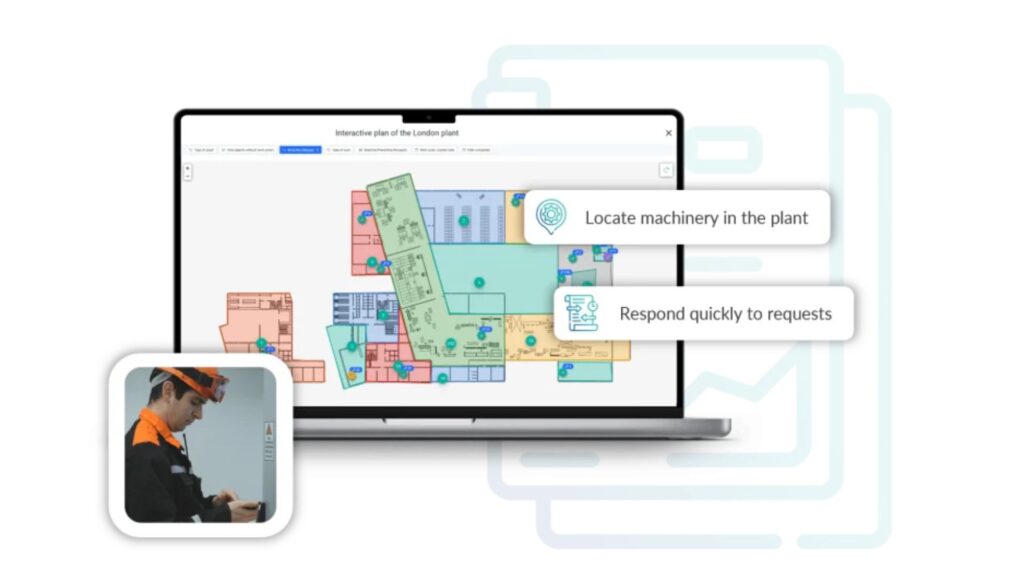
What is facilities management software?
Facilities management (FM) software is a tool that helps organizations manage and maintain their physical assets and workspaces. This means you can report all sorts of issues related to infrastructure within a building. Everything is handled within the system, and essentially, it’s designed to streamline and automate various tasks related to the upkeep and operation of buildings and infrastructure. You can also schedule preventive maintenance within this system. As a matter of fact, its core functionality includes:
- It provides a centralized platform for managing maintenance, repairs, and other facility-related operations.
- It helps track assets, schedule maintenance, and manage work orders.
- It can assist with space planning, sometimes even energy management and compliance.
- It supports documentation management, so you can oversee what needs to be controlled, such as the building’s pipeline system. You can also access technical drawings to determine where to perform checks and in which halls.
Functions of a Facility Management System include:
Work Order Management: This function handles the entire lifecycle of maintenance tasks, from initial request to completion. It allows anyone to report issues and route tasks to the appropriate technicians. Maintenance managers can easily monitor the status of each work order.
Preventive Maintenance Scheduling: This feature automates scheduling routine maintenance tasks based on time, usage, or other triggers. It ensures that equipment and assets are regularly serviced, preventing breakdowns and extending their lifespan.
Asset Tracking: This functionality provides a comprehensive view of all assets within a facility. It can be based on a nice interactive plan where maintenance workers see what is in the building. This feature also supports monitoring asset performance and depreciation.
Reporting and Analytics: This feature allows maintenance workers to obtain insights into facility operations through data analysis and reporting. They can generate reports on key performance indicators (KPIs) within this function. Overall, it helps identify patterns and areas for improvement.

What components are included in the building maintenance system?
Achieving the highest production efficiency depends on meticulous plant design, whether creating a new facility or improving existing ones. The critical design must cover efficiency and maintenance costs. This can be broken down into two elements: the machinery used in the process and the site infrastructure required to supply machinery with energy, pressurized air, technical water, and many other essentials.
Here below are elements of infrastructure in a production facility that require maintenance beyond production machinery:
Electrical Systems: Powering Productivity and Safety. A robust electrical infrastructure is the lifeblood of any production facility. So, there is a huge demand for meticulous maintenance of power distribution panels, all sorts of lighting systems, and emergency generators. We can also mention grounding systems to ensure uninterrupted operations and safeguard personnel.
HVAC Systems: Creating and sustaining ideal working conditions hinges on well-maintained HVAC systems. Regular upkeep of heating, ventilation, and air conditioning units, as well as ductwork and temperature control mechanisms, is very, very important for employee comfort and product quality.
Plumbing and Water Systems: Beyond basic water supply, production facilities rely on intricate plumbing systems for wastewater management. Not many may know, but this is also fire suppression, a system for industrial fluid transport. Consistent maintenance of pipes, drains, and treatment systems prevents costly disruptions and environmental hazards.
Building Structure: Considering other elements of building infrastructure, we know that the physical integrity of the facility itself requires constant attention. Roofing, walls, floors, and foundations must be regularly inspected and maintained to protect assets and ensure a safe working environment.
Material Handling Systems: Efficient material flow is essential for production output. This required diligent maintenance of conveyor belts, cranes, forklifts, and storage systems to minimize downtime and maximize operational efficiency.
Compressed Air Systems: Air is very important in manufacturing. Many manufacturing processes rely on compressed air, which is used to maintain compressors and dryers. Compressed air systems can also include piping networks vital for consistent and reliable power delivery throughout the facility.
Safety Systems: We can also mention here more about protecting personnel and assets, which is also highly important. These systems require regular inspections and maintenance of fire alarms, emergency exits, and security systems to ensure swift and effective responses to potential hazards.
Waste Management Systems: Keeping in mind environmental responsibility demands effective waste management is on the top. We all know how much waste is produced in production facilities, so the maintenance of collection, disposal, and recycling systems to minimize environmental impact and comply with regulations.
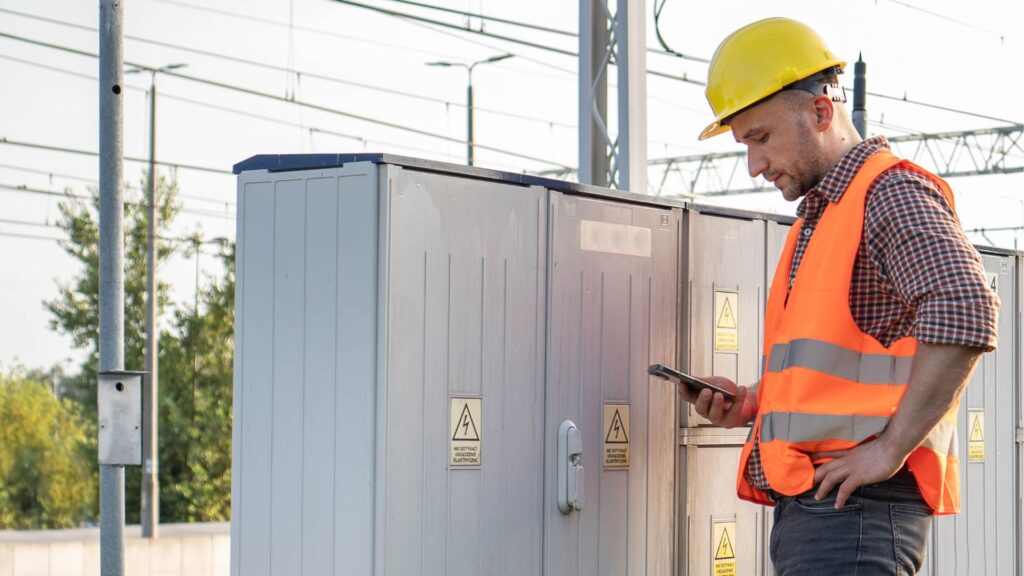
How does the CMMS system help manage infrastructure maintenance?
A Computerized Maintenance Management System (CMMS) is crucial in effectively managing infrastructure maintenance; how does it work? Let’s look closer and remember that the CMMS system perfectly acts as a facility management system. Here’s the minor breakdown (look at the system features, which are basically the same as in the FMS):
Centralized Data Management: A CMMS acts as a central repository for all infrastructure-related data, including asset information, maintenance schedules, work orders, and historical records.
Preventive Maintenance Scheduling: CMMS enables the creation and automation of preventive maintenance schedules based on time, usage, or other triggers.
Work Order Management: The CMMS system simplifies creating, assigning, and tracking work orders. It allows maintenance teams to efficiently manage tasks and prioritize critical repairs.
Asset Tracking and Management: CMMS allows for detailed tracking of infrastructure assets, including their location, condition, and maintenance history.
Inventory Management: You can integrate your CMMS system with a spare parts warehouse. The system can manage spare parts and inventory and ensure that necessary materials are available when needed.
Summary
As we mentioned above, a robust maintenance strategy covering electrical, HVAC, plumbing, and other systems is a necessity. Rising energy costs and the need for continuous operational efficiency highlight the infrastructure maintenance gap, which undoubtedly underscores the critical role of proactive management.
Companies can turn reactive maintenance into a strategic advantage by using comprehensive facilities management software (FMS) or a computerized maintenance management system (CMMS). In the end, an investment in a powerful CMMS system is an investment in the longevity and efficiency of the entire operation. Last but not least, a CMMS system can effectively replace any facility management system.

Paweł Bęś
Paweł Bęś, Logistics and Maintenance Marketing Expert for QRmaint. He is a B2B marketer with 8 years of experience in the logistics industry in the Netherlands. His work included business analysis of distribution and supply chain operations of high-tech companies in EMEA and APAC. He was responsible for directing, coordinating, planning and supervising transportation tasks and internal operations. He is currently responsible for marketing activities at QRmaint, a company that provides CMMS systems for various industries.
Related Articles
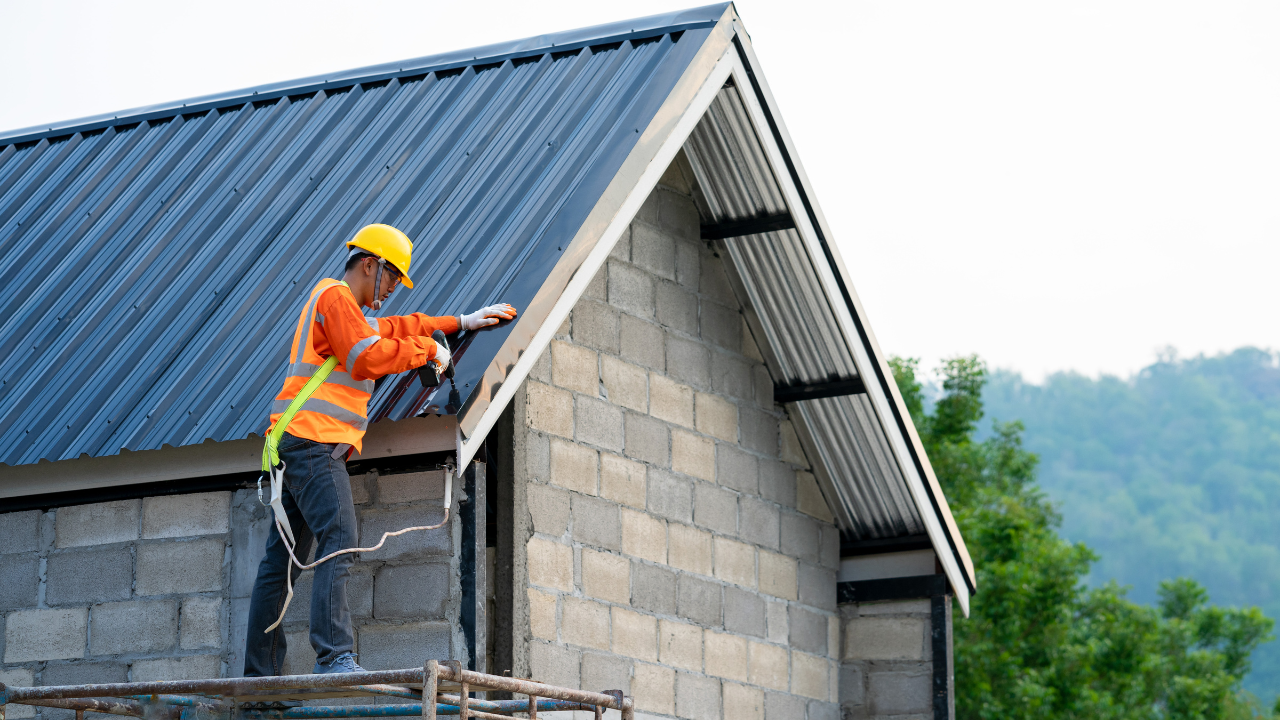
Engineered Building Maintenance
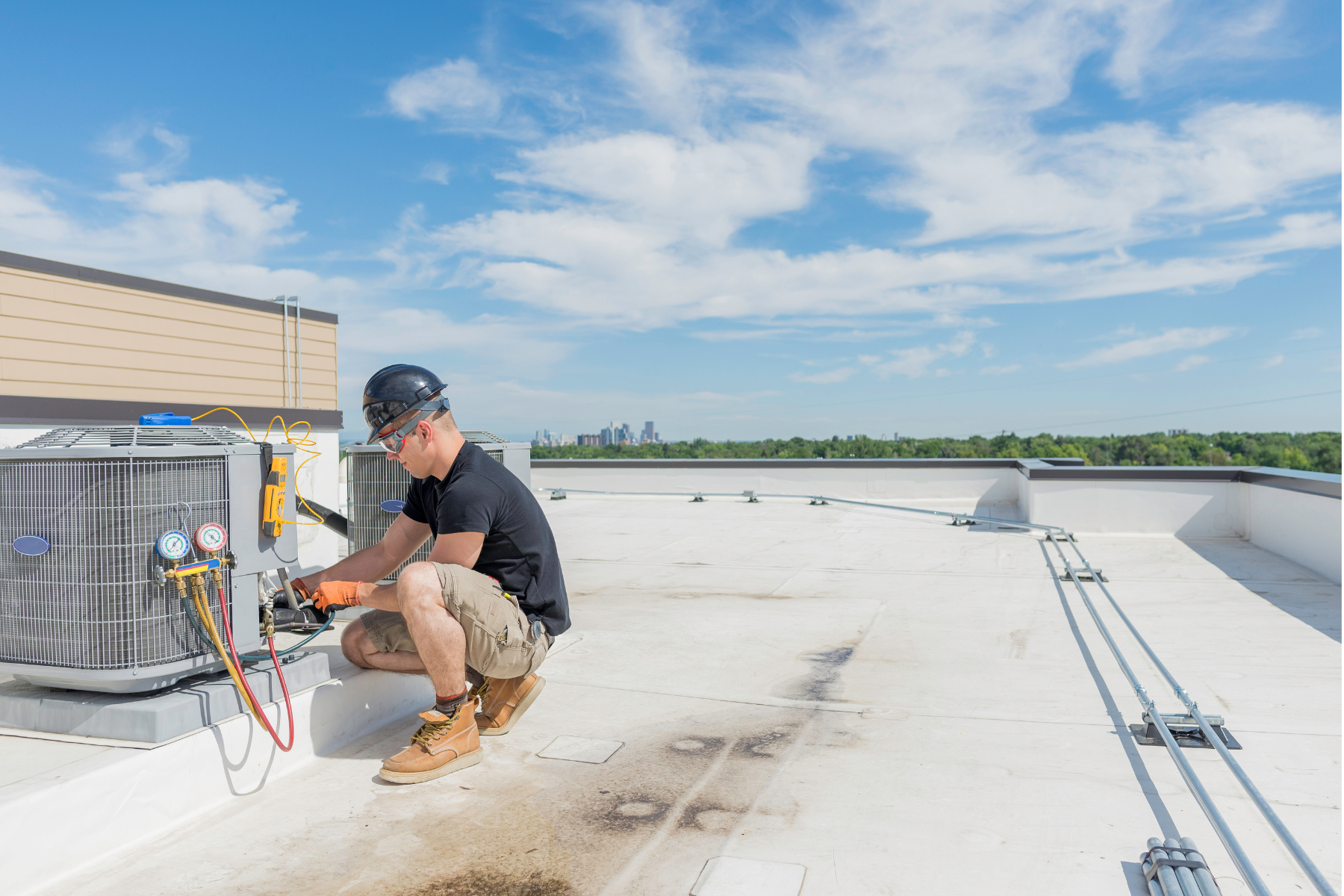
Achieving "Near Zero" Refrigerant Emissions in HVAC Systems
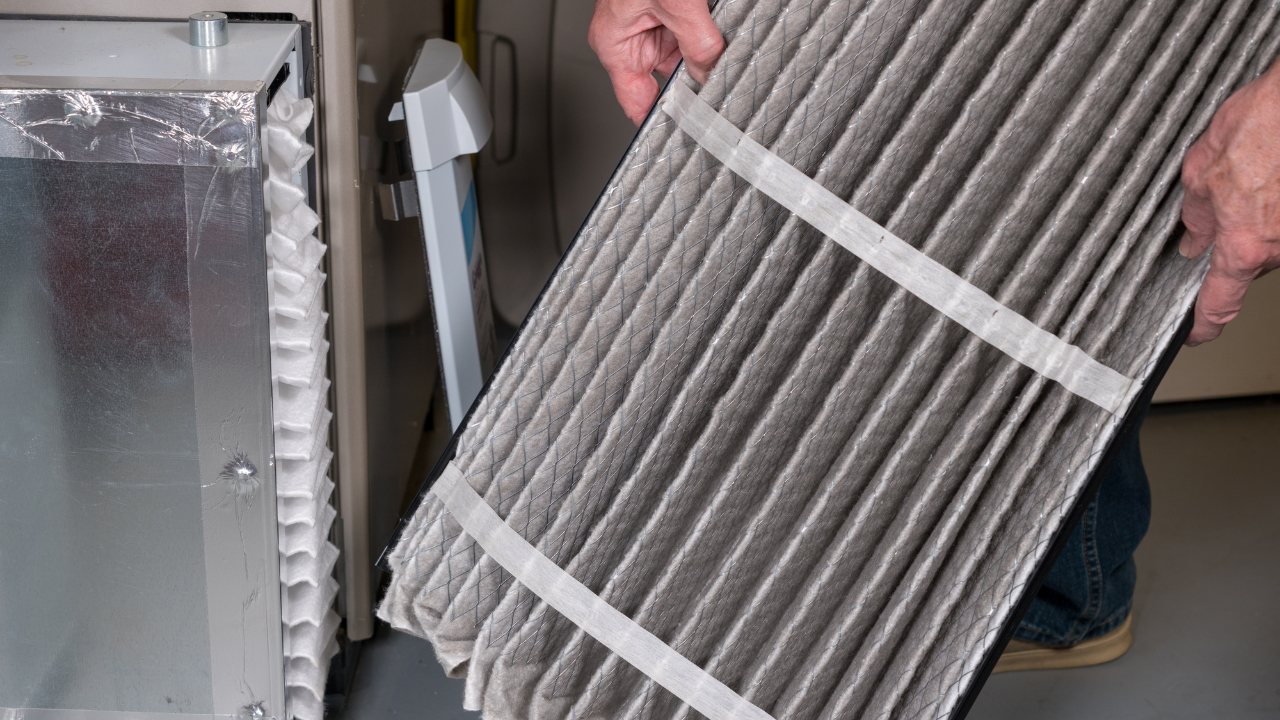
HVAC Attack - How to Select the Right HVAC Filter for the Job

How Building Managers Can Save On Energy Purchasing Through Changing Paradigms
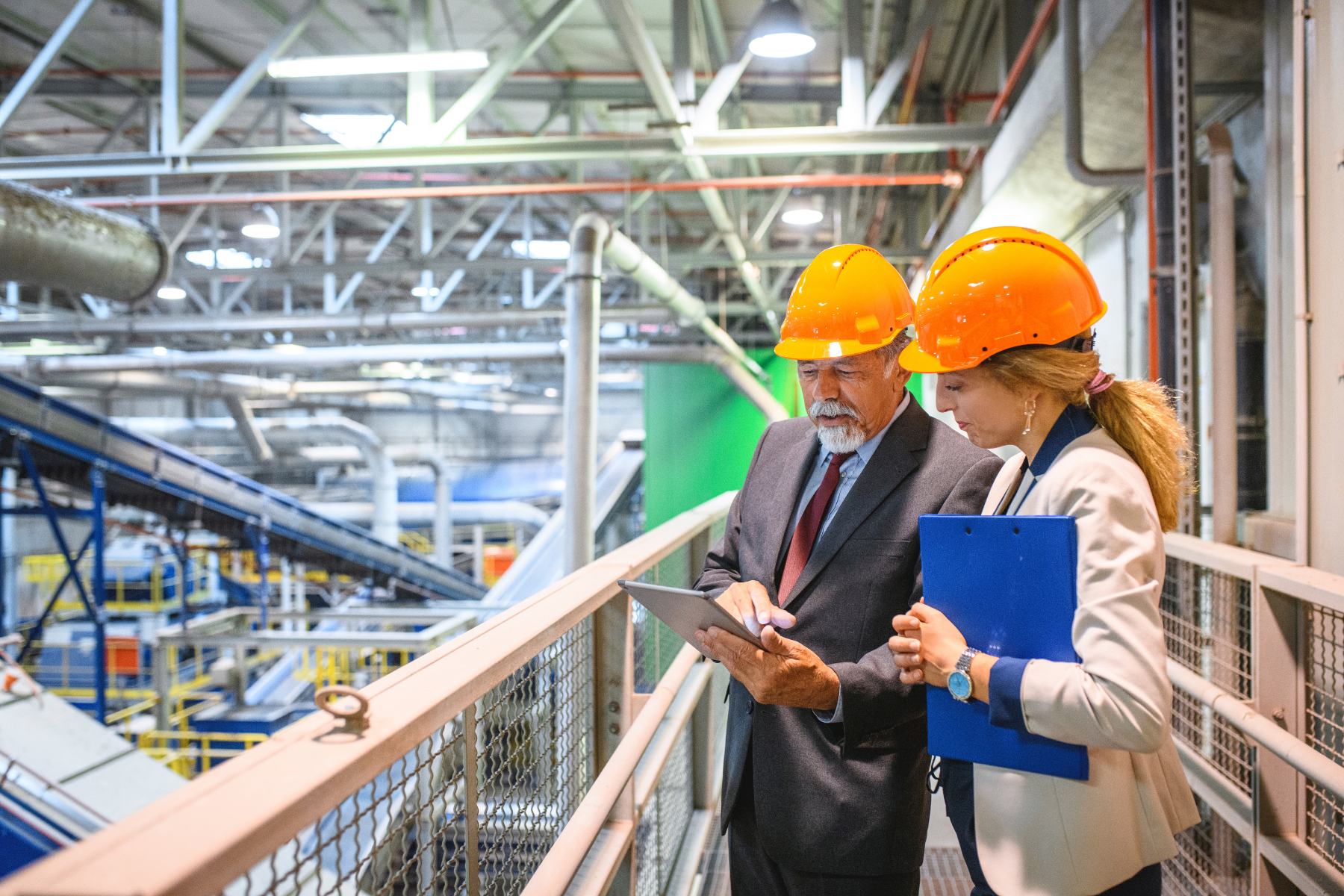
What Is Facilities Management? Challenges, Solutions, & More

How a Platform Approach Can Transform Your Building Operations
